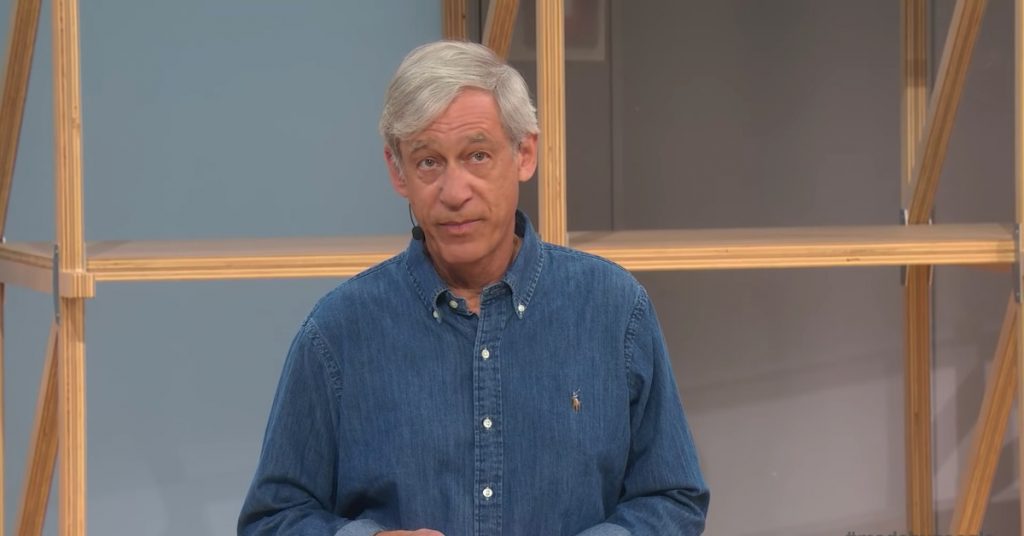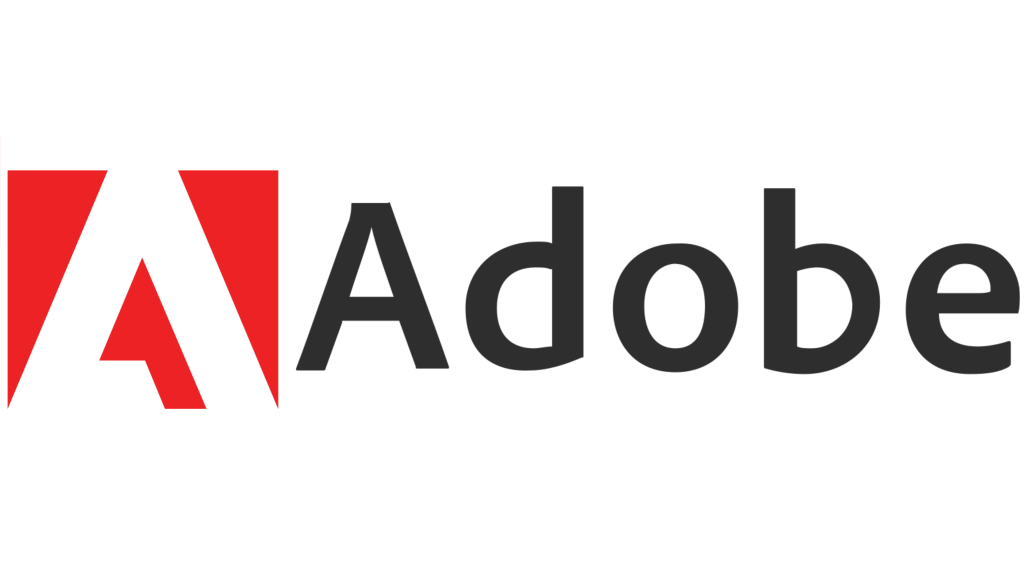Google Pixel’s Camera Genius, Marc Levoy to Join Forces with Adobe to Build Super Camera App
A lot of fans were shocked when the researcher who led Google Pixel’s camera division left the company. However, much to their delight, Marc Levoy has joined Adobe to help them with the development of a universal camera application. As per the announcement today, the partnership will help the company create an amazing high-power camera application that will revolutionise mobile photography. Here’s a look at everything you need to know about this partnership.
Leaving Google
March was a bag full of surprises for everyone, with two top Pixel executives leaving Google. Both General Manager for the Pixel project, Mario Queiroz, and photography expert Marc Levoy bid farewell this year. Later reports stated that the manager had already moved on before the release of the Pixel 4, following which he left Google to join Palo Alto Networks. While no one was sure why such measures were taken, a few people believe that it was due to the Pixel 4 underperforming. The Pixel 4 did not do as well as its predecessors, with Google only shipping out 2 million devices as per The Information. In comparison, Google had shipped over 3.5 million and 3 million worth of Pixel 3 and Pixel 3A.
Google Pixel Legacy
Levoy is best known for heading the camera team for the Google Pixel. Pixel smartphones have an awe-inspiring camera thanks to the use of computational photography technology. The camera on the smartphone boasts of features like HDR+ capability and Night Sight. In fact, Levoy helped devise a system by which the camera took better photos without requiring more expensive hardware. While the Apple iPhones used multiple cameras, the Pixel line-up competed with them with only a single camera. Later on, a desire for sharper zooming led to Google adding a telephoto lens to the Pixel 4. In comparison, the first iPhone to make use of a second lens was the iPhone 7 Plus, which came out in 2016.
Levoy’s Profile
Before leaving Google in March, he worked for them for over six years, within which he was a part of several large projects. Even before joining the tech giant, he was working on the camera of the Google Glass Explorer, which cost around $1,500. He was a visiting faculty at Moonshot division, which went by the name Google X. In 2002, he helped launch a Google research project, while at Standford, which later became Google Map’s Street View. He played an important role in piquing the world’s interest in light field photography. Furthermore, he worked as a researcher in computer graphics at Stanford.

Soaring Reputation
Marc Levoy’s reputation inspired the other companies, including Samsung and Apple, to improve their computational photography technology. At Adobe, Levoy will try to do the same, by revolutionising their camera technology. Levoy’s work at Adobe, however, will benefit more than just Pixel users, helping anyone who owns a smartphone. Reports state that he will work on computational technology for cameras across Adobe. Also, his efforts will primarily focus on the development of a camera application that will trump everything on the market now. However, the company has not specified what that means. In the fast, social media platforms like Facebook and Snapchat have used the term to indicate a camera application for themselves. Others have used the name to refer to an app that works across devices, from larger mobile cameras to DSLRs.
Adobe’s Efforts
Adobe already has a camera app by the name Photoshop Camera, and they have a separate camera app in their Adobe Lightroom app. However, the recruiting of Levoy suggests that the company has bigger plans in store. Levoy will also assist in making Photoshop Camera, Sensei AI and Adobe Research better. This indicates that Photoshop Camera might play a bigger role in Adobe’s future. Levoy will be working under Abhay Parasnis, who is the Chief Technical Officer at Adobe.
Marc Levoy built himself a legacy while at Google due to his association with the Pixel smartphone. The device was Google’s most competitive release with regard to mobile photography. Levoy’s brings with him the experience of working on projects as diverse as the 360-degree VR Jump and burst mode on Google Glass. Without a doubt, this will help him while at Adobe. It will be exciting to see how the photography maverick comes out with next, and how that will change the way we view mobile photography, all over again.

Being a cinephile with a love for all things outdoorsy, Athulya never misses a chance to chase inspiring stories or poke fun at things, even when the subject is herself. Currently pursuing a degree in mechanical engineering, she is someone innately interested in technical and scientific research. Music reviews and op-eds define her as they allow her to explore different perspectives. Though sometimes she thinks she makes more sense playing the guitar than she does while writing.
